
If you are ill with a chronic lung disease, you have likely experienced hypoxemia or hypoxia or both, these conditions limit the amount of oxygen your body is able to generate and so it greatly impacts your health. Breathlessness, fatigue, and insomnia are three of the prime symptoms associated with hypoxemia and hypoxia but all of the symptoms can be mitigated and managed with the help of supplemental oxygen therapy.
Not everyone who experiences hypoxia or hypoxia requires supplemental oxygen there are a series of tests that will inform your doctor of the serenity of your condition, and whether or not you require oxygen in order to treat your disease.
{{cta('fa8abc2a-1e88-4fa3-82fd-1cb5b9ed43b2','justifycenter')}}
Everyone is different and everyone's disease can impact their health in different ways, therefore as a respiratory patient it is important to understand your disease to the best of your ability so you are able to treat it to the best of your ability.
While reading this article, bear in mind that everyone is different, and some things in this blog may apply to you while other aspects of your disease do not. Talk with you pulmonary health specialist, whether that is your doctor or pulmonary rehabilitation health care team to understand your disease better.
In this blog we are focusing on the contrast between hypoxia and hypoxemia and how these conditions can be treated with the help of oxygen therapy.
Oxygen therapy
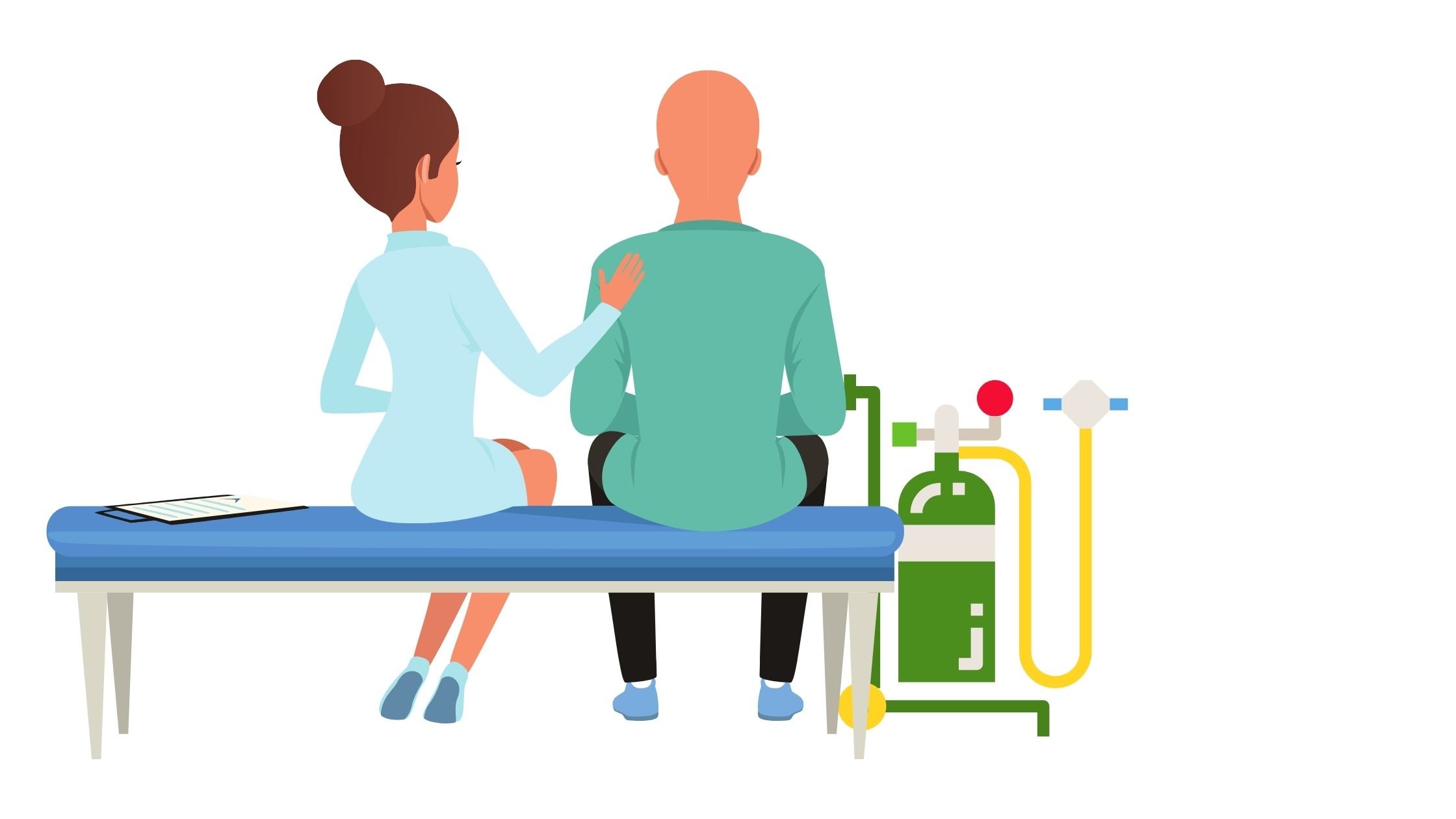
There are many ways people utilize oxygen therapy. LPT Medical highly recommends some kind of portable oxygen concentrator for oxygen patients who are medically qualified for one. These devices are lightweight and run on batteries, meaning you can bring them anywhere (even on an airplane) and they will never have to be refilled.
If you are interested in the oxygen devices LPT Medical offers, call 1(800)-946-1201 to speak with a respiratory specialist. They will ask you a series of questions about your health and lifestyle in order to narrow down your options to buy a portable oxygen concentrator.
You can also take a look at these 3 other blogs that go into detail about some of LPT Medical’s best selling portable oxygen concentrators.
Comparing the Three Best Portable Oxygen Concentrators of 2021
7 Reasons to Replace Your Liquid Oxygen Tank with a Caire FreeStyle Comfort
Inogen Portable Oxygen Concentrators and You: A Match Made in Breathlessness
Having an oxygen device that you enjoy using makes life so much easier, and spending the money upfront actually saves you money in the long run, so portable oxygen concentrators are the way to go if you are on a budget.
COPD Treatments
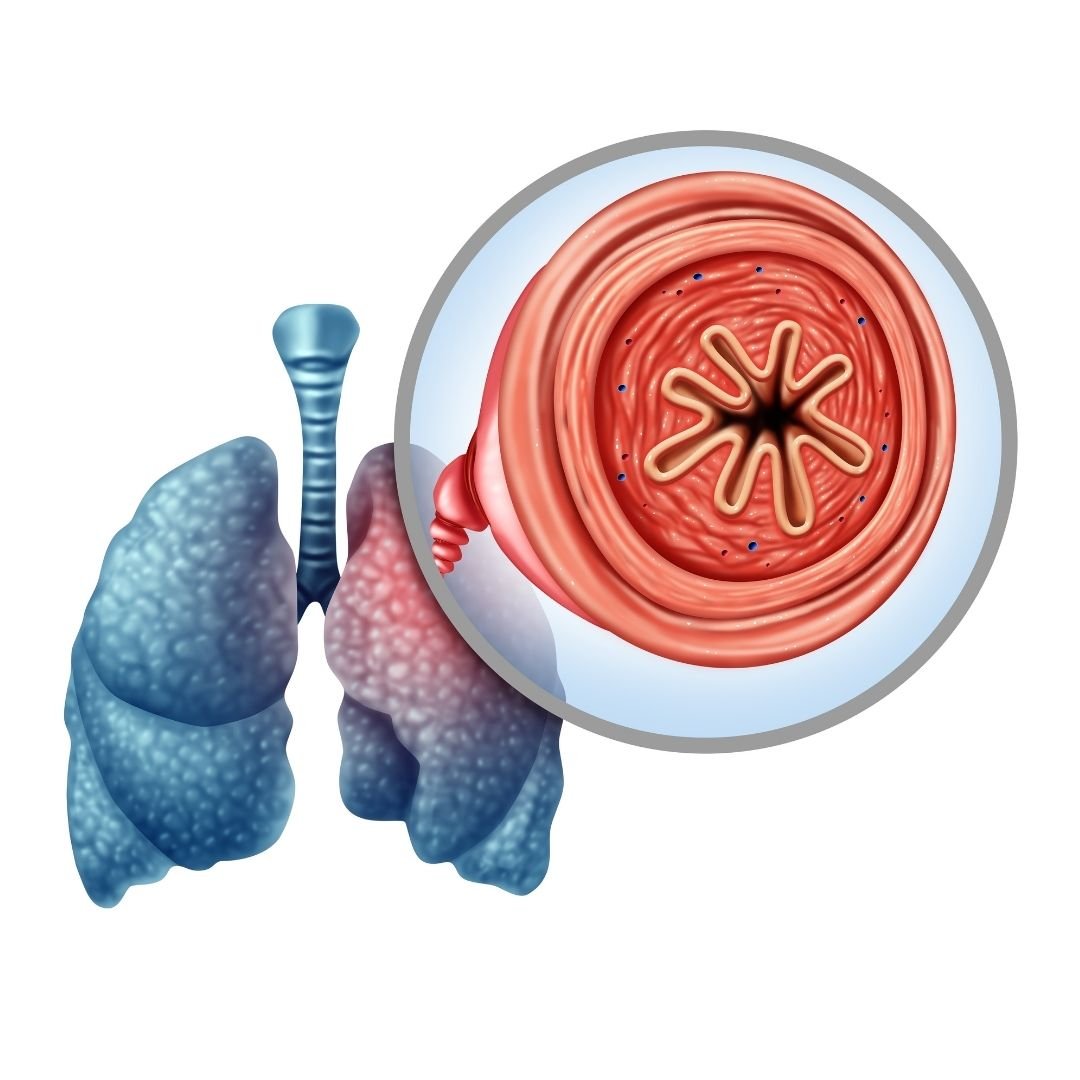
COPD treatment consists of lifestyle changes, medication, and oxygen therapy if needed. Not every COPD patient needs long term oxygen therapy (LTOT), but if you and your doctor decide it is time to take that course of action, LTOT is a beneficial treatment that can enhance the quality of life and even add years to your life.
Hypoxemia vs. Hypoxia
Hypoxemia and hypoxia do not always coexist.
Hypoxemia
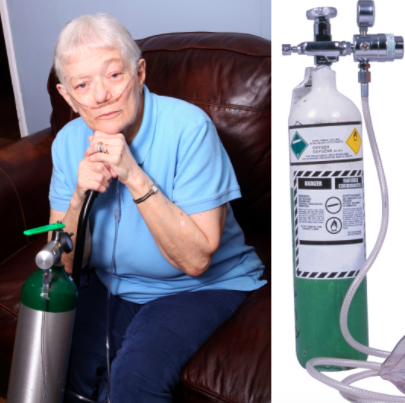
Typically, patients with hypoxemia have blood oxygen levels at or lower than 92% which is a decrease in partial pressure of oxygen blood vessels, oxygen therapy is typically a go to treatment for hypoxemia.
Many people with chronic obstructive pulmonary disease have hypoxemia. If you do, supplemental oxygen treatment can improve your well-being; alternatively, in some, this can lead to hypercapnia, which is the adverse effect of elevating the carbon dioxide content in the blood to toxic levels.
This is why it is important to only take oxygen when directed to by your doctor. Too much oxygen or taking supplemental oxygen when you do not need it is toxic for your system.
The adverse effect of oxygen on chronic obstructive pulmonary disease is to cause increased carbon dioxide retention.
Carbon dioxide retention can look like:
- Drowsiness
- Headaches
- In severe cases lack of respiration, which may lead to death
Hypoxia

Hypoxia means you have reduced levels of tissue oxygenation. Hypoxia can be attributed to a defective delivery of oxygen or your tissues are defective in utilizing oxygen, either way this condition will affect individuals differently based on the condition’s cause and severity.
Generally, symptoms include:
- Coughing
- Wheezing
- increased heart rate
- Headache
- bluish color in the skin, lips, or fingernails (called cyanosis)
Severe cases might even cause:
- Fainting
- Seizures
- Confusion
- Difficulty speaking
- Temporary memory loss
- Difficulty moving
- Coma
Chronic or less severe cases of hypoxia can cause general fatigue and shortness of breath, especially after physical activity.
Causes of hypoxia could be Asthma attacks and lung diseases. Both of these conditions restrict your oxygen supply thereby causing hypoxia directly.
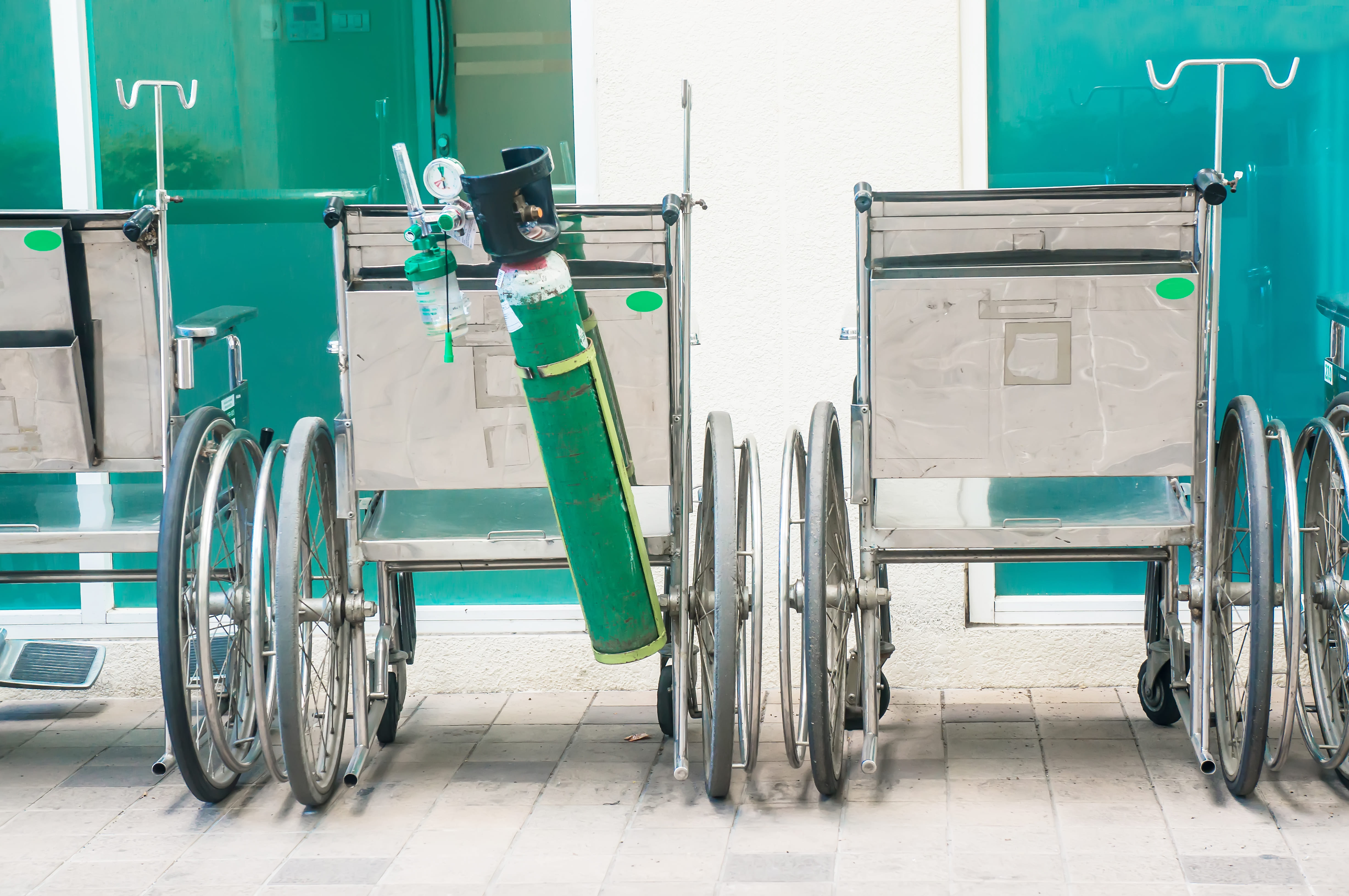
Heart diseases can also impair your cardiac output, and decrease the blood flow to and from your organs, this is ineffective oxygen transport that causes hypoxia.
Since coronavirus (COVID-19) has emerged, this sickness has also been known to cause hypoxia.
Many people experience hypoxia when there is low oxygen concentration in the surrounding air for example at high altitudes. This is especially true for individuals with pre-existing risk factors like COPD or asthma.
Testing for Low Oxygen Levels
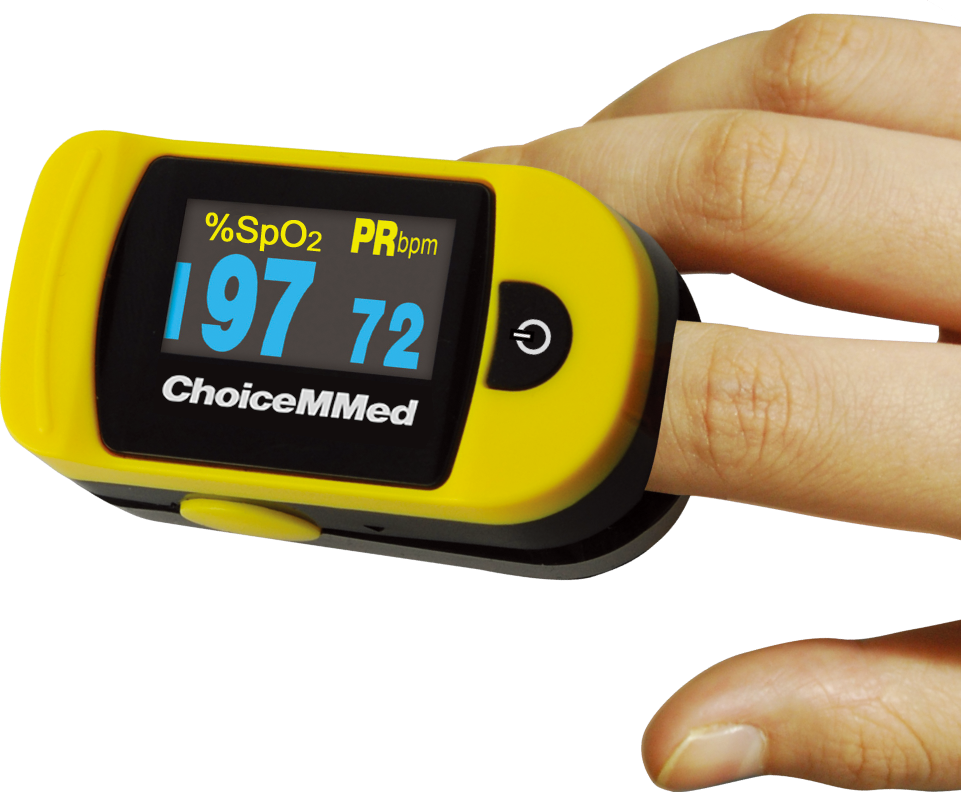
To test for Hypoxemia and Hypoxia, doctors will first give you a physical exam to evaluate your heart and lungs. If they recognize signs of hypoxia or hypoxemia, they can confirm these signs with other tests.
If they see signs, they will try tests like pulse oximetry which is a non-invasive test used for measuring oxygen saturation or the percentage of hemoglobin saturated with oxygen in your blood.
You can also use a pulse oximeter monitor in your everyday management of chronic obstructive pulmonary disease to check up on your pulmonary function, or how well your lungs are working.
An arterial blood gas test is a blood sample test used to measure the partial pressure of oxygen, oxygen saturation, the partial pressure of carbon dioxide, and blood pH levels within your blood. This means the test is looking at the levels of oxygen in your blood, and whether or not they are healthy.
{{cta('43b79c5e-6bd6-4f02-ac27-2d038d20c146','justifycenter')}}
After all of this, your doctor may order other tests like an MRI, CT scan, echocardiogram, or electroencephalogram (EEG) in order to ensure your diagnosis, and to understand its severity. These tests will also determine the course of action your doctor will recommend you to take and any prescription medication ro oxygen therapy you may need.
Once you have been tested and it is confirmed that you are experiencing Hypoxemia and Hypoxia, either due to a chronic condition or an environmental aliment, you may require the utilization of oxygen therapy. If you have a chronic illness, you may need long term oxygen therapy.
How Does Supplemental Oxygen Help Hypoxemia and Hypoxia
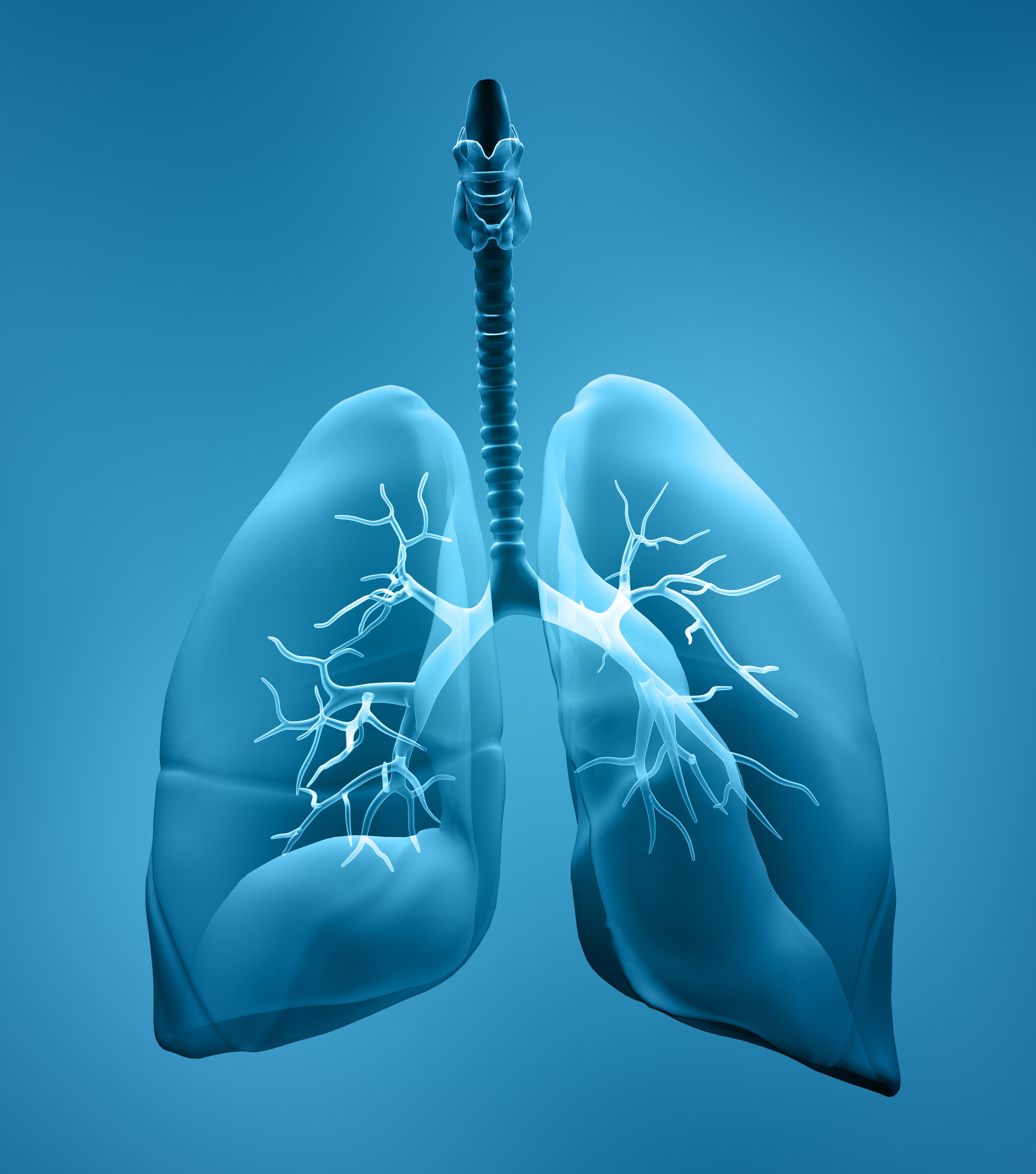
Supplemental oxygen therapy improves your lungs and oragn’s ability to function, thereby reducing your symptoms, improving your well being, and even adding years to your life.
Supplemental oxygen therapy can help treat hypomania and hypoxia in many ways…
Treating Shortness of Breath

First and foremost, oxygen therapy helps you to be less short of breath, breathlessness is one of the most prevalent symptoms of lung disease, and one of the most notably uncomfortable symptoms. Relieving breathlessness can open up a lot of doors for oxygen patients to become more active and to have more energy.
Everyday activities become easier, and with the help of a lightweight portable oxygen device you can find the will to exercise which is very important to do if you have a respiratory illness.
Treating Fatigue
-jpg.jpeg)
With the help of oxygen therapy, you will feel less fatigued because oxygen will be circulating your bloodstream and rejuvenating your organs. Once your oxygen levels are back to a normal rate, your mind and body will both feel more energized.
Treating Insomnia
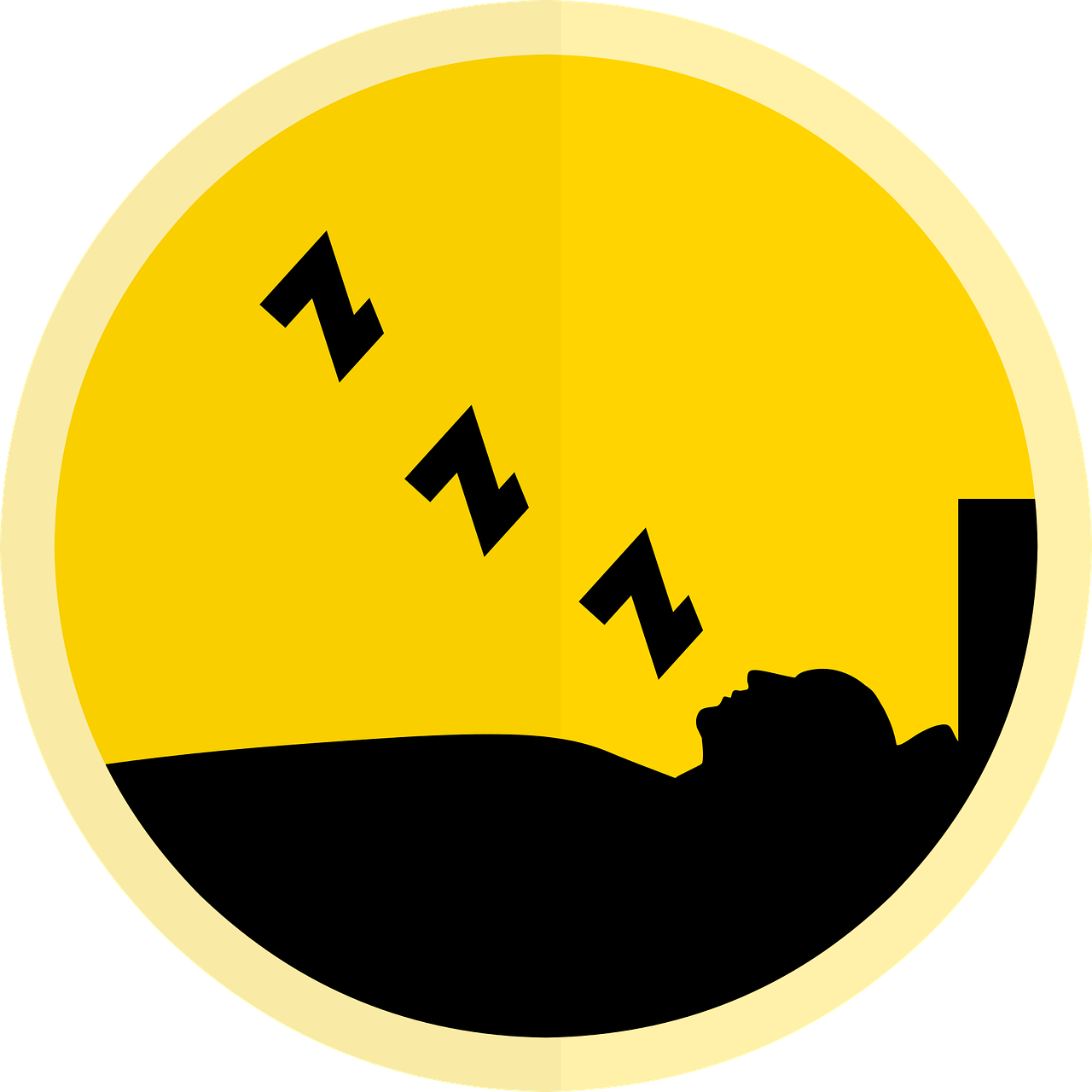
People with lung disease often have a hard time sleeping. This is because of the lack of oxygen your body is receiving from your lungs with every breath if you have hypoxemia or hypoxia.
Everyone for the most part, has trouble sleeping if there is a lack of oxygen, for example, people will have trouble sleeping at higher altitudes, where there is less oxygen in the air to begin with. When you spend the night at higher altitudes than you are accustomed to, for instance in Denver, Colorado, every lungful of air you take provides fewer oxygen molecules to your body.
Lack of oxygen for long periods of time can induce insomnia, so visiting high altitude areas, or having a lung disease that impairs your bodies ability to process and use oxygen increases the risk of experiencing headaches, fatigue, digestive issues and nausea.
The lack of oxygen initiates unstable breathing patterns while you sleep, so your body works overtime to try and restore normal oxygen levels. Rather than sleeping through the night, your body will go through periods of breathing, not breathing, waking up, and dozing off, and overall you do not get good rest.
Oxygen therapy gives your body the oxygen you need so that your system does not have to struggle to oxygenate your blood and organs. Even if you do not require oxygen therapy at night while you sleep, using supplemental oxygen during the day stabilizes your oxygen levels, so when you do go to sleep you will not suffer from lack of oxygen induced insomnia.
If you do need oxygen while you sleep, it is important to have portable oxygen concentrators that can cover your oxygen requirements at night. For instance, the Respironics SimplyGo portable oxygen concentrator is CPAP/BiPAP compatible and it is equipped with both pulse flow and continuous flow oxygen delivery modes to cover you 24/7. It offers pulse flow settings 1-6 and continuous flow settings 0.5-2.0 LPM.
To learn more about this device, and the others that could help you get to sleep and stay asleep, call 1(800)-946-1201 to speak with a respiratory specialist at LPT Medical.
Overview
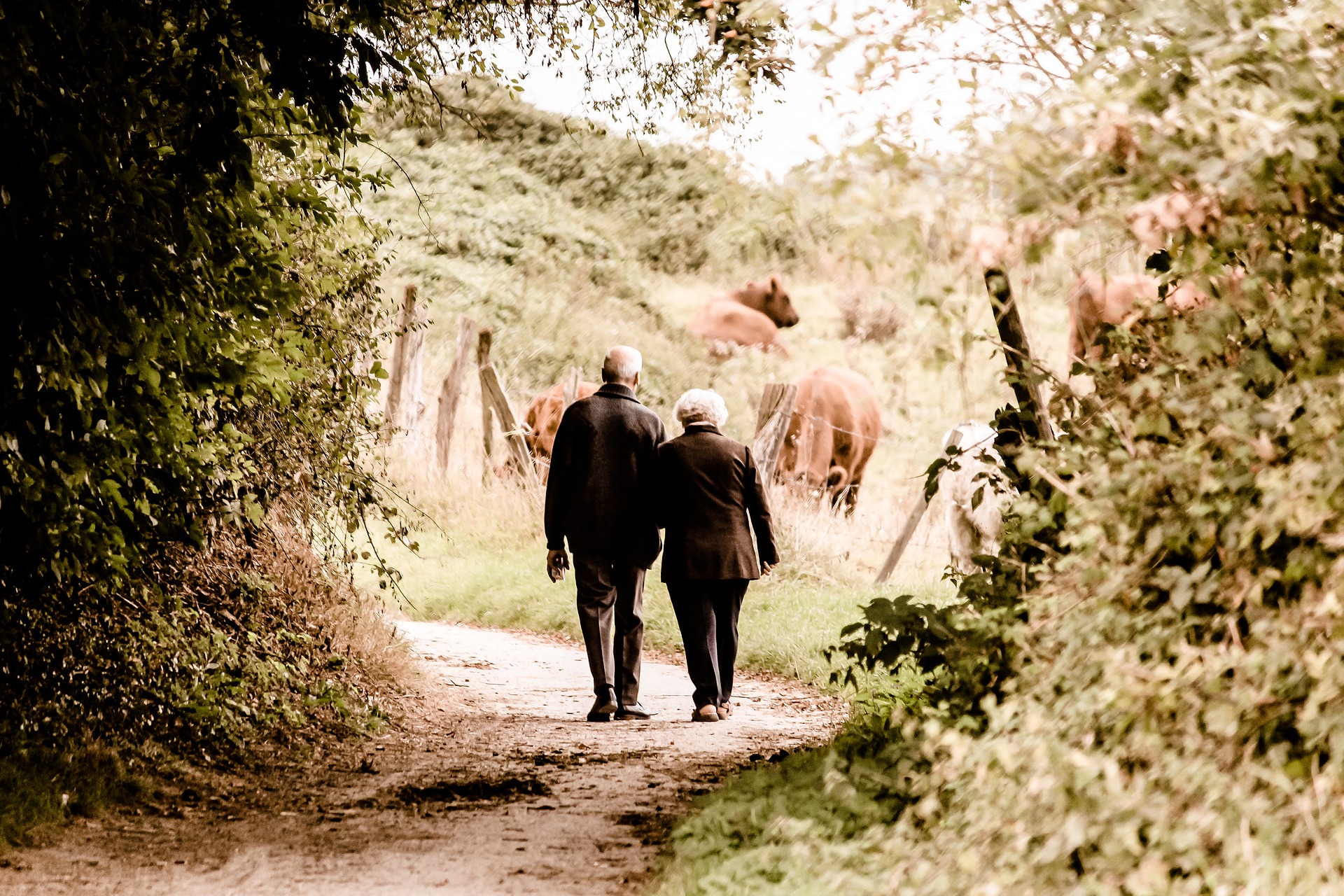
Oxygen is life, and not getting the oxygen you need is debilitating. Taking care of yourself means adjusting to a proper oxygen therapy regime and adhering to your treatment.
Chronic illnesses, such as COPD, are not curable, but they can be treated, and you can live a healthy and long life with these conditions.
That being said, feeling the effects of hypoxemia and hypoxia will be very uncomfortable and addressing these conditions is crucial for your wellbeing. You can address the symptoms of breathlessness, fatigue, and insomnia by utilizing your oxygen therapy.
If you are not happy with your oxygen therapy method, there are ways to make oxygen therapy more comfortable and suitable for your lifestyle. You can start by understanding your options when it comes to oxygen therapy methods, there are three different oxygen devices and depending on your oxygen prescription you can fit the requirements laid out by one or all three of these devices.
People with a high oxygen output prescriptions normally need to use an oxygen tank or a home oxygen concentrator because these devices can emit a lot of oxygen at one time, that being said there are downsides to these devices, and if you do not have to use one, there are better more mobile devices available today.
Overall it is important that you do not wait to address symptoms associated with hypoxemia or hypoxia, and that you get tested right away, because it is possible that you are experiencing signs of a chronic illness like COPD. If this is the case, treating the disease in a timely manner can be the difference between experience very severe symptoms and managing your symptoms before they get worse.

